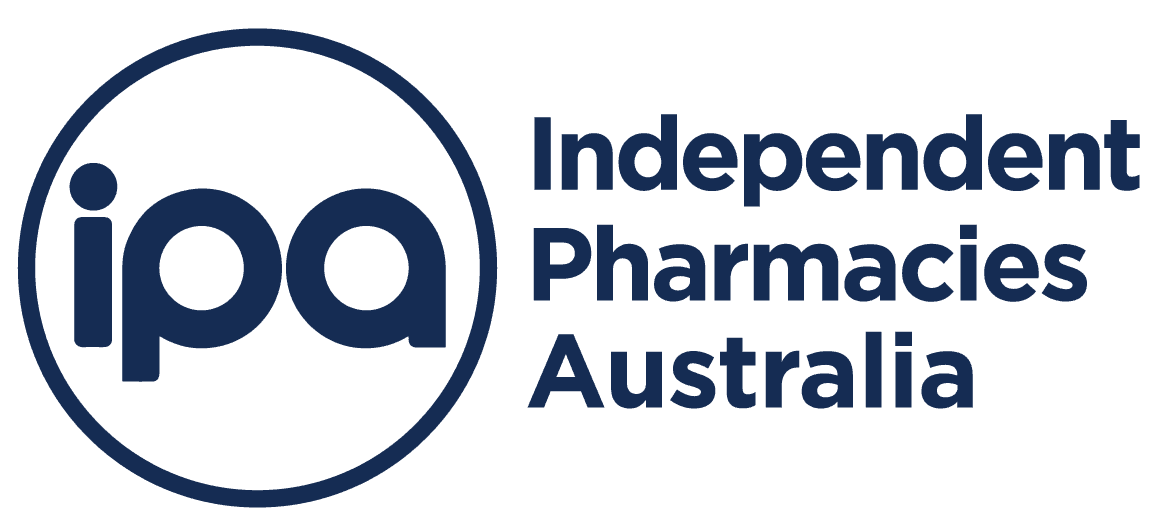Quit Smoking and Vaping
When you smoke cigarettes and Nicotine Vaping Products (NVPs) there are two groups of chemicals that negatively affect your health. The smoke that is inhaled from cigarettes and Nicotine Vaping Products (NVPs) contains thousands of toxic substances that can cause cancer, heart disease, stroke, chronic bronchitis, asthma and emphysema. The nicotine in cigarettes is addictive, making it very hard to quit smoking, but it is never too early, or too late, to quit smoking and improve your health.
Inhaling the smoke from other people’s cigarettes can also affect your health. This is known as ‘second hand’ or passive smoking. People who don’t smoke themselves, but are exposed to smoke from other peoples’ cigarettes have increased asthma symptoms, and an increased risk of developing lung cancer and heart disease.
Symptoms
Smoking can:
- irritate your nose, eyes and throat and affect your sense of smell and taste
- give you bad breath
- cause dryness and wrinkles of the face
- cause shortness of breath and a long-term cough with phlegm (mucus), and increased chance of chest infections
- turn your lungs black and cause cancer
- reduce sexual health and fertility
Lifestyle options
There are many good reasons to quit smoking and vaping, and you will start to notice the benefits quickly:
- After 24 hours, most carbon monoxide is out of your system, your lungs work better so you can do more before becoming short of breath.
- After two days your sense of taste and smell improves.
- Your breath, hair, fingers and teeth look and smell cleaner.
- Within a month or so of quitting, your blood pressure should return to its pre-smoking level.
- Your risk of heart attack drops sharply if you have not smoked for one year or more.
- Your risk of having a stroke reduces to that of a nonsmoker after 2–5 years.
- Your risk of cancers of the mouth, throat, oesophagus, and bladder are halved within 5 years, and your risk of lung cancer drops by half after 10 years of not smoking.
- Men and women become more fertile after stopping smoking.
There are several methods that you can try to quit smoking without medical help:
- going ‘cold turkey’ using will power to stop abruptly
- using acupuncture or hypnotherapy
- counselling and group therapy programs.
E-cigarettes containing nicotine are not approved for use in Australia. Non-nicotine e-cigarettes are available, but their effectiveness and long-term safety is not yet known. If you have no smoking history, you should avoid e-cigarettes completely.
How to plan for your journey to quit smoking:
- Set a quit date.
- Start reducing the number of cigarettes you smoke each day.
- Keep a record of the times, places and situations that make you want to smoke. Plan how you can avoid these situations.
- Learn some breathing and relaxation techniques to help in stressful situations.
- Keep a water bottle handy to sip on if you feel the urge to smoke.
- Engage in a distraction such as going for a walk, or doing some exercise.
Pharmacy options
Always inform pharmacy staff if you are taking any other medicines, or if you have any other health conditions, because some over-the-counter medicines may not be suitable for you.
Nicotine replacement therapy (NRT) that is available from your pharmacy works by replacing the nicotine normally inhaled from cigarettes with a constant low dose of nicotine while you work to change your smoking habit. To be most effective, NRT should be used for a minimum of eight weeks, but preferably about 12 weeks.
NRT is particularly effective if you smoke 10 or more cigarettes a day. There is very good evidence to show that people who use NRT are twice as likely to quit smoking as those who go ‘cold turkey’. Your pharmacist can asses the most appropriate starting dose of NRT and provide you with a customised 12 week smoking cessation plan.
NRT products are available as patches that you apply like a Band Aid®, as a chewing gum, lozenges, inhalers or sprays and tablets to place under your tongue. Combining two forms of NRT products, such as using patches as a constant supply of nicotine, and also using a chewable nicotine gum in times of particular cravings, can be even more effective than just using one product on its own. Your pharmacist can ask you some questions to decide the best NRT products to suit your needs and to give you the maximum chance of succeeding.
There are also prescription-only medicines that have good evidence to help you quit. These can be combined with NRT treatments to help with quitting.
Ask your pharmacist for advice on the most suitable treatment for you.
More information
QuitLine: Phone 1300 QUIT (78 48)
Quitting smoking: www.quitnow.gov.au
Health Direct: www.healthdirect.gov.au
Disclaimer: The information provided is a guide only, is current at time of publishing, and is not intended to replace the advice of your pharmacist or doctor.
IN EMERGENCIES DIAL 000.


